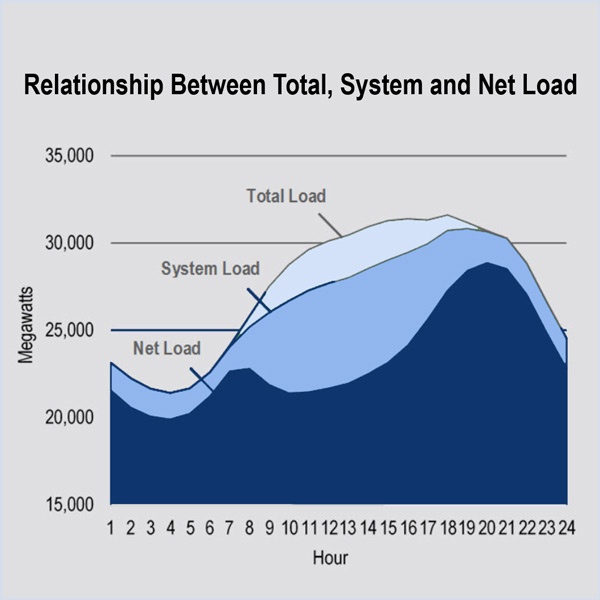By Rory D. Sweeney
PJM’s Independent Market Monitor asked FERC on Friday to reconsider its “flawed” ruling on PJM’s financial transmission rights market, saying it “contradicts the fundamental purpose of returning congestion revenues to load” (EL16-6-001, ER16-121).
“A consistent theme of the Sept. 15th order is the unsupported view that load must provide guaranteed and risk-free funding of FTRs as a hedge against day-ahead congestion, and that this is somehow in the interest of load,” the Monitor wrote in its rehearing request. “This approach, favored by the financial participants who own most FTRs, is not consistent with the reason that FTRs exist and has no basis in market logic.”
The commission’s order rejected PJM’s proposal to reduce Stage 1A infeasible auction revenue rights by increasing its zonal load forecast growth rate, saying the change would result in unnecessary transmission projects because it would rely on outdated source and sink points. The commission also rebuffed PJM on its plan to eliminate the netting of negative ARRs in a portfolio against positive ones.
FERC also ordered PJM to allocate balancing congestion to real-time load. It gave the RTO until Nov. 14 to submit a compliance filing. (See FERC Finds PJM ARR/FTR Market Design Flawed; Rejects Proposed Fix.)
An FTR entitles its holder to credits based on locational price differences in the day-ahead energy market when the transmission grid is congested. FTRs can be purchased or converted from ARRs, which are allocated to network and firm point-to-point customers.
The Monitor’s request argues that FERC departed from precedent and contradicted earlier orders in striking balancing congestion from the FTR definition.
“Elimination of the total congestion revenues rule means that load-serving entities will be forced to pay to make up the difference when congestion revenues paid to FTR holders are in excess of the total congestion revenues collected,” the Monitor said. “This requires load to pay total congestion, including day-ahead and balancing, and then pay balancing again when it is negative. This is not consistent with the objective of the FTR/ARR design, which is to return congestion revenues to load.”
The Monitor described FERC’s ruling on portfolio netting as “unexplained” and said it “fails to address extensive arguments and examples that show the portfolio netting rule does result in cross subsidies.” The netting rule should be eliminated, the Monitor argued, because it “provides unjustified subsidies to participants holding FTRs with negative target allocations.”
It also challenged the commission’s determination that the Stage 1A allocation rule is necessary, saying it “avoids addressing the actual problem: the complete disconnect between the allocation of ARRs and actual system usage.” The Monitor said “the entire concept of generation to load paths is archaic, reflecting the contract path approach to physical transmission rights prior to the introduction of market.”




